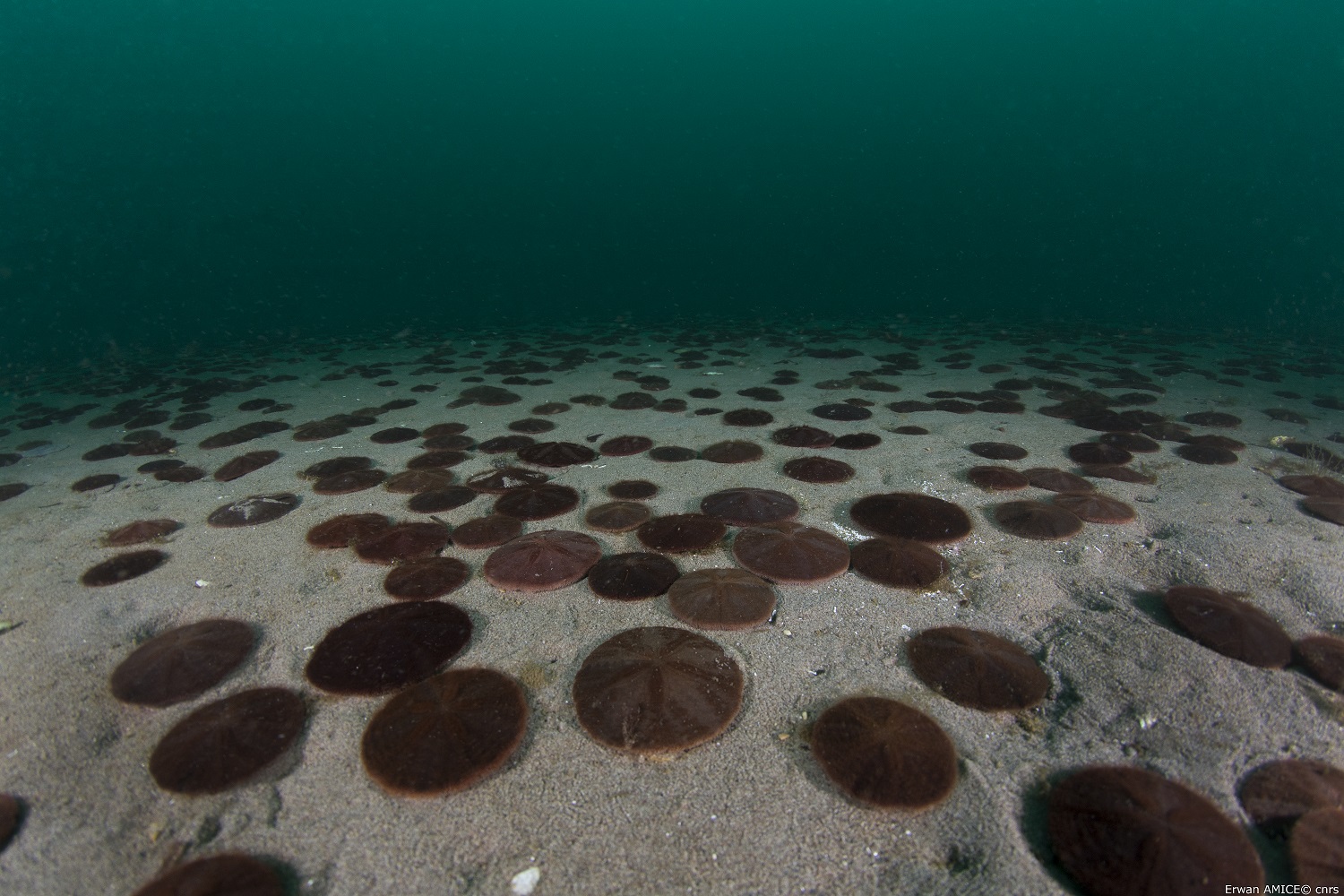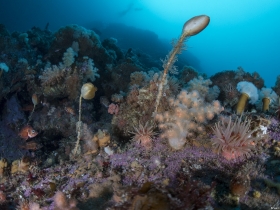Sources, quality and transfers of organic matter in a highly-stratified sub-Arctic coastal system (Saint-Pierre-et-Miquelon, NW Atlantic)
Sources, quality and transfers of organic matter in a highly-stratified sub-Arctic coastal system (Saint-Pierre-et-Miquelon, NW Atlantic)
Guillaume Bridier, Tarik Meziane, Jacques Grall, Laurent Chauvaud, Pascal Lazure, Sébastien Donnet, Frédéric Olivier (2021). Sources, quality and transfers of organic matter in a highly-stratified sub-Arctic coastal system (Saint-Pierre-et-Miquelon, NW Atlantic). Progress in Oceanography 190:102483, DOI: https://doi.org/10.1016/j.pocean.2020.102483
In response to ongoing global climate change, marine ecosystems in the northwest Atlantic are experiencing one of the most drastic increases in sea surface temperatures in the world. This warming leads to an increased stratification (density gradient between the surface and bottom waters) limiting the replenishment of nutrients in surface waters. The intensity of primary production and the structure of phytoplankton communities are generally highly sensitive to these nutrient limitations. However, the impact of these environmental changes on the organic matter quality and quantity available to primary consumers is still largely unknown. Therefore, this study has investigated the effects of stratification on the sources, quality and quantity of the organic matter available in the Saint-Pierre-et-Miquelon subarctic archipelago (Newfoundland Shelf). This study analyzed fatty acid and stable isotope composition of particulate organic matter (i.e. suspended in the water column), sedimentary organic matter and sand dollars (Echinarachnius parma) along a near shore to offshore gradient during two contrasting seasons (i.e. High vs Low Stratification Periods). The results highlighted a higher particulate organic matter quality during the Low Stratification Period (with notably the presence of several polyunsaturated fatty acids markers of microalgae and macroalgae) compared to the High Stratification Period characterized by a more degraded organic matter (dominated by saturated fatty acids). On the other hand, strong seasonal differences were also observed in food availability with four-fold higher concentrations in total suspended solids during the Low Stratification Period. These results reveal the negative effect of nutrient limitations during the High Stratification Period on the availability, quality and vertical transfers of organic matter toward bottom waters. By contrast, the sediment-based diet of E. parma showed a low spatiotemporal variability reflecting the homogeneous composition of the Sedimentary Organic Matter. This study suggests that intensified water column stratification due to increasing sea surface temperatures may modify the pelagic-benthic coupling and future quality and composition of POM pools.
Contact: Guillaume Bridier, LEMAR Laboratory, guillaume.bridier@univ-brest.fr
BOREA contact:
Frédéric Olivier, frederic.olivier@mnhn.fr
Tarik Meziane, tarik.meziane@mnhn.fr




